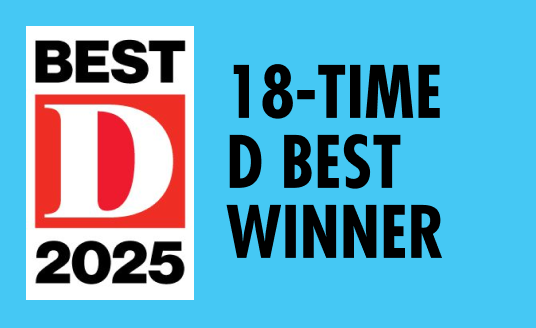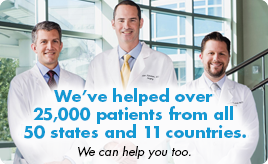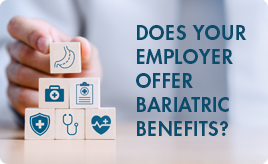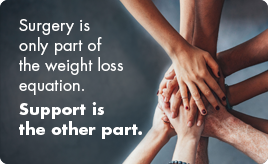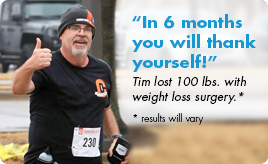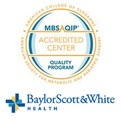Blood pressure is measured by two different factors – the amount of blood that your heart pumps and the amount of resistance your arteries offer against that blood flow. The more blood pumped by your heart and the narrower your arteries, the more resistance there is and the higher your blood pressure.
The pressure of your heart pushing blood through your arteries to the entirety of your body is called systolic blood pressure. This is the top number of your blood pressure reading. The pressure in your arteries during the rest period in between heartbeats is called diastolic blood pressure. This is the bottom number of your blood pressure reading. A normal blood pressure reading is lower than 120/80 mmHg. A systolic number of 140 or higher and a diastolic number of 90 or higher are considered hypertension or high blood pressure.
Uncontrolled high blood pressure results in damage to the heart and blood vessels and increases the risk for a variety of conditions including heart disease, stroke, chronic kidney disease, vision problems, bleeding from the aorta, poor circulation, heart attack, and heart failure.
What Are The Symptoms?
There are no symptoms of hypertension in most cases, which is the most insidious part of the condition; damage can be happening behind the scenes. Some people in the early stages of hypertension can experience dizziness, headaches, and sometimes nosebleeds. However, a regular check-up by your doctor will include a reading so that you can keep blood pressure in check and treat it appropriately.
How Does Weight Loss Help?
When you are carrying extra weight, you are putting extra pressure on the body – including the pressure to pump blood throughout the body. Fat blocks and hardens arteries, narrowing the passageway through which blood flows. This blood flow restriction causes high blood pressure.
Even a small reduction in weight helps to reduce blood pressure. A lifestyle committed to healthy eating and regular exercise will help keep blood pressure in check. If necessary – even with lifestyle changes – treatment may also include medication for hypertension.

